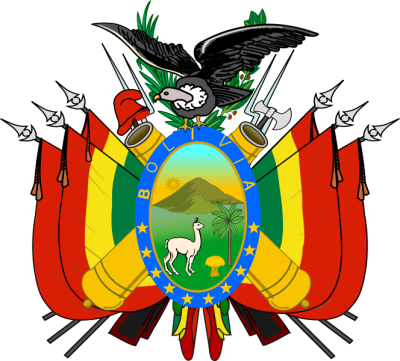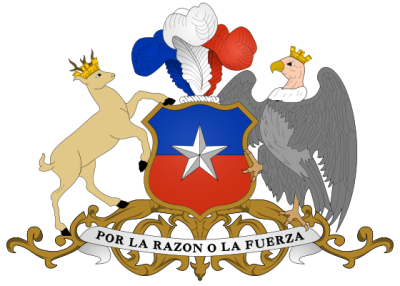Andean Condor

|
The Andean
Condor
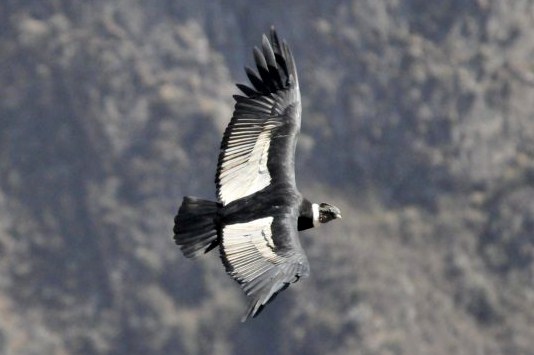
Order: Ciconiiformes Family: Cathartidae Species: Vultur gryphus Description: Andean condors are one of the largest flying birds in the world, weighing twenty four to thirty three pounds. They have very broad wings with a span between nine and eleven feet. In spite of their weight, the great wing surface allows them to soar on rising air currents almost indefinitely. The birds are black with white patches on the wings and a white ruff around the neck. Their heads are naked, but the male has a fleshy comb. Males have brown eyes; females have garnet red eyes. They have been known to live more than seventy five years in zoos.
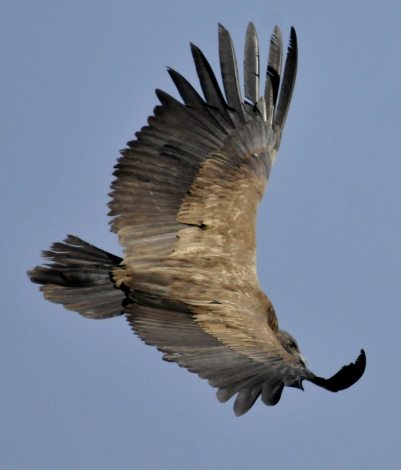 Distribution and Habitat: The Andean condor was once found from the Andes Mountains of South America from Venezuela to the islands of Tierra del Fuego in the Strait of Magellan. They have been extirpated from many parts of their former range. They are generally confined to areas where strong winds are available to support their soaring flight. These habitats include deserts that produce strong thermals, high mountains with deflected winds off the steep slopes, and coasts where sea breezes deflect off dunes.
 Diet: Condors are scavengers or carrion feeders. They soar aloft, a highly energy-efficient method of hunting, looking for carcasses. They have excellent eyesight and watch the actions of other animals as clues to food. They are not equipped to hunt as their feet have blunt claws instead of the sharp talons of raptors. The beak is strong but is best adapted to tear meat that is already rotting. They clean their naked heads by scraping them along the ground to remove debris from their meals. Inland on the pampas or the slopes of the Andes, they feed on carcasses of farm animals or wild ungulates. On the coast they feed on the beached carcasses of marine mammals and raid sea bird colonies for eggs and nestlings.
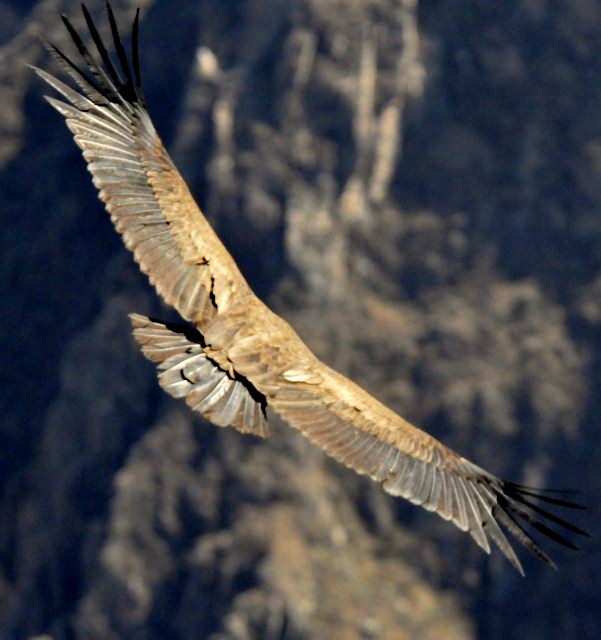 Reproduction: The male begins his courtship display by drawing himself erect, fully extending his wings, and clicking his tongue, while the reddish skin of his neck becomes bright yellow. The birds do not build a nest, but lay their eggs on bare ground on a ledge or in a cave. The female lays a single egg which both parents incubate for about fifty four to fifty eight days. Fledging takes another six months, so that a pair breeds only every other year under normal conditions. Parents continue to care for the fledgling for a full year. 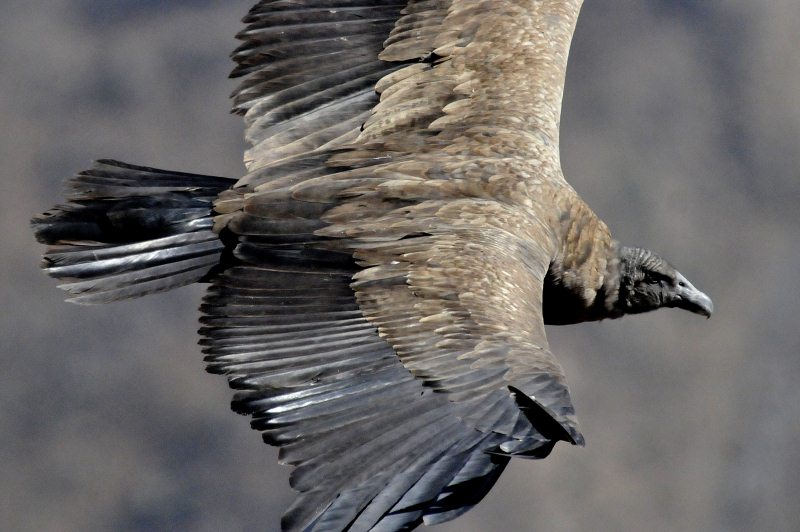
Conservation: The Andean condor is officially listed as endangered, although it has greater numbers than its California relation. Biologists estimate that a few thousand birds remain in the wild, concentrated mostly along the southern portion of their historic range. Threats are illegal shooting, habitat disturbance, poisoning from lead shot in carcasses, and poison placed for mammalian predators.
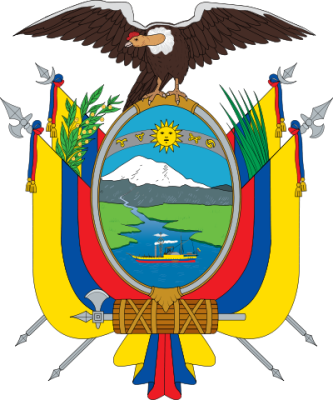 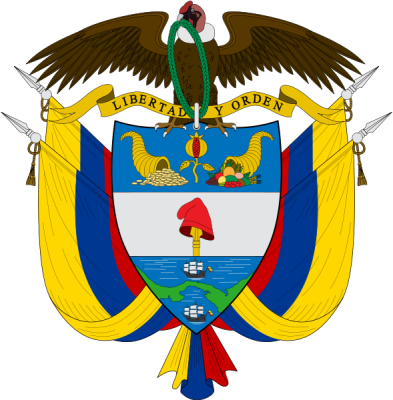
Role in culture: The Andean Condor is a national symbol of Colombia, Ecuador, Bolivia, Chile, Argentina and Peru. It is the national bird of Bolivia, Chile, Colombia and Ecuador. It plays an important role in the folklore and mythology of the South American Andean regions and has been represented in Andean art from c. 2500 BC onward, they are a part of indigenous Andean religions. In Andean mythology, the Condor was associated with the sun deity and believed to be the ruler of the upper world. The Condor is considered to be a symbol of power and health by many Andean cultures and the bones and organs of the Condor possessed medicinal powers, sometimes leading to the hunting and killing. In some versions of Peruvian bullfighting, a condor is tied to the back of a bull, where it pecks at the animal as bullfighters fight it. The condor generally survives and is set free. The Andean Condor is a popular figure on stamps in many countries and is featured in several coats of arms of Andean countries as a symbol of Andes mountains.
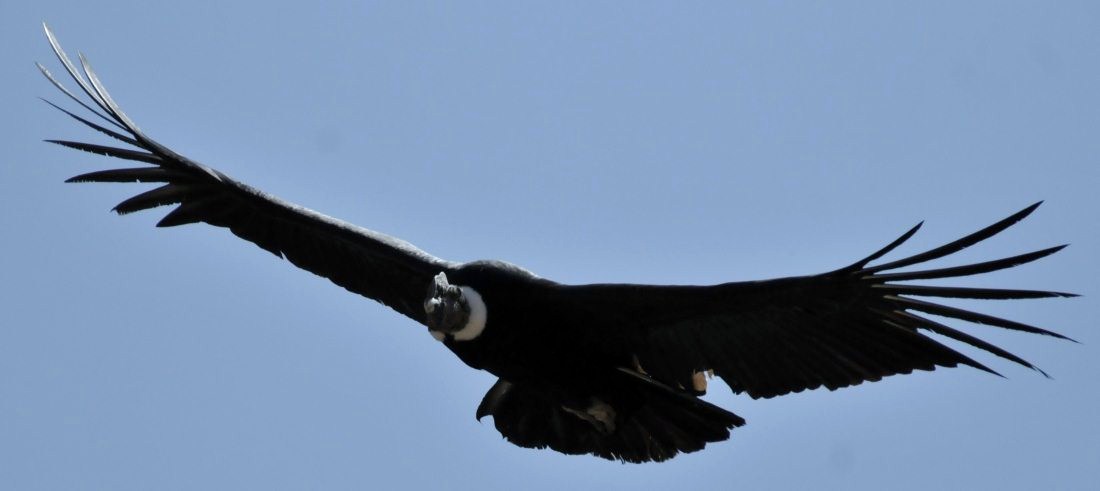
ALL
IN ALL VERY HIGH ON MY PERSONAL ALL TIME TOP TEN |
